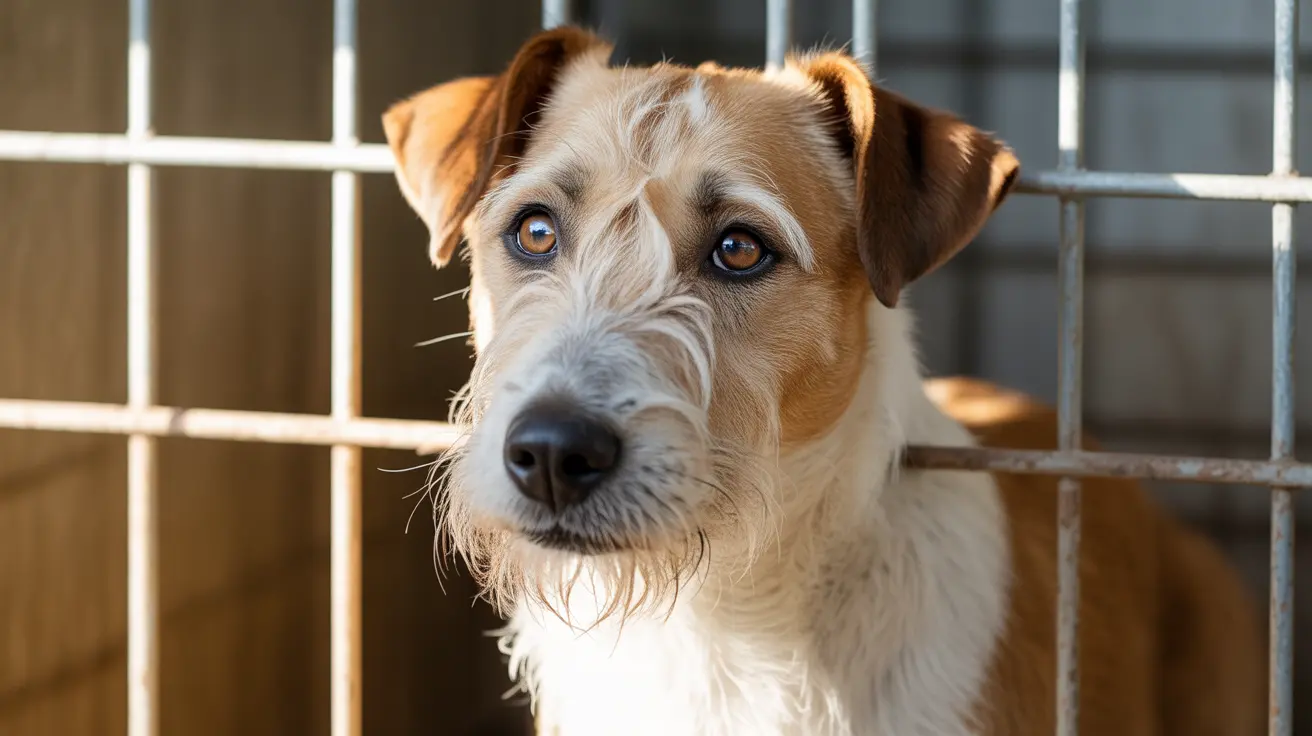Understanding What Makes a Dog Laugh
Dogs are incredibly social and expressive animals. While they may not laugh in the same way humans do, research and observations show that dogs exhibit behaviors similar to laughter when they're happy or enjoying play. Understanding canine laughter helps pet owners deepen the bond with their furry companions and enriches their overall well-being.
Can Dogs Really Laugh?
Dogs don’t laugh with chuckles or giggles like humans. Instead, they produce a unique sound — a kind of “play-pant” — that's associated with joy and relaxation. Studies suggest this specific panting indicates a state of pleasure, particularly during playtime or affectionate interactions.
The phenomenon was first recorded by animal behaviorists who noticed that the pant dogs make while having fun was acoustically different from regular panting. When played over loudspeakers at shelters, this sound even helped reduce stress and encouraged playful behavior in other dogs.
What Triggers Dog Laughter?
Various situations can trigger this joyful panting sound in dogs. Here are some common causes:
- Physical Play: Tug-of-war, fetch, or roughhousing with humans or other dogs often induces excited panting and tail wagging.
- Positive Human Interaction: Dogs respond to friendly voices, laughter, and petting, often by displaying relaxed body language and the laugh-panting sound.
- Social Engagement: Being around familiar dogs or humans naturally lifts a dog’s mood, encouraging laughter-like vocalizations.
- Environment and Enrichment: A safe, enriched space with toys and stimulation can make a dog more likely to exhibit happy, relaxed behaviors.
How to Make Your Dog Laugh
If you're interested in coaxing that doggy laughter out of your pet, here are some helpful tips:
- Use a Playful Tone: Talk to your dog in a high-pitched, friendly voice. Many dogs respond to this with excitement and engagement.
- Engage in Physical Play: Find activities your dog enjoys like fetch or chase. Interactive play promotes happiness and induces the laugh-like pant.
- Mimic the Laugh: Some dog owners and trainers replicate the dog-laugh sound — an exaggerated breathy pant — which can encourage dogs to reciprocate.
- Introduce Variety: Try new toys, games, or even agility exercises to keep things interesting and fun for your dog.
Why It Matters
Recognizing when a dog is “laughing” holds psychological and emotional importance. Dogs thrive on positive social cues and affectionate interaction. When you can identify your dog’s expressions of joy, you are better equipped to meet their needs and build mutual trust.
This joyful panting can be a sign of healthy social behavior and emotional contentment. In turn, happy dogs are less likely to develop behavioral problems and enjoy a higher quality of life.
Signs of Canine Joy
Along with laugh-panting, here are other signs your dog is experiencing joy:
- Relaxed body posture
- Play bow (front legs down, rear up)
- Rapid tail wagging
- Open mouth with the tongue hanging out
- Soft eyes and attentive ears
Combining visual cues with vocalizations gives you a complete picture of your dog’s emotional state.
Final Thoughts
Dogs express joy in unique and subtle ways. Understanding the playful panting sound that resembles laughter allows pet owners to foster deeper emotional connections. Whether playing fetch or just sharing a cuddle, these moments of joy strengthen the human-canine bond and contribute to a happier, healthier life for our furry friends.





